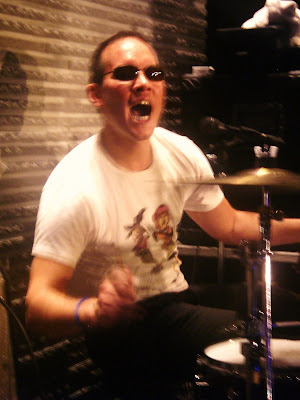Want to help Japan cheap? Buy the Cosplay Calendar
Online HERE Cosplay for a Cause 2012 Cosplay Calendar is a must have for any fan of cosplay. Rarely has something been done before with such a wide assortment of cosplayers, and who knows when you will see all these beautiful cosplayers together again. This calendar is full of high quality, never before seen photos, specifically done for this project. Each month will also come with a small illustration done by one of the 4 professional comic book artists involved in the project. At full size the calendar will open to 11x22, allowing each beautiful image to be displayed at 11x17. The staples in the middle can be easily removed when the year is done so you can save your favorite photo! So, here is your chance to help raise money and awareness for disaster relief in Japan while supporting your love of Cosplay! Do your part and help get the word out! And get your calendar while supplies last. Thank you to everyone who has donated their time and energy to aiding the country tha








